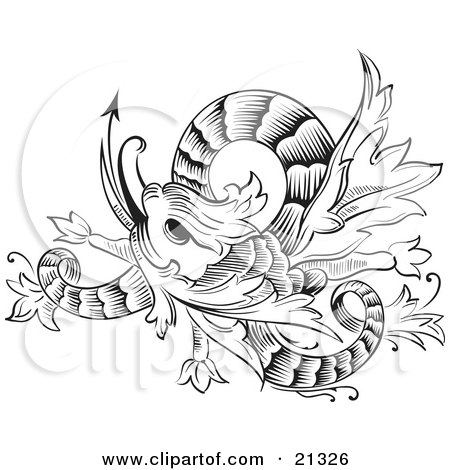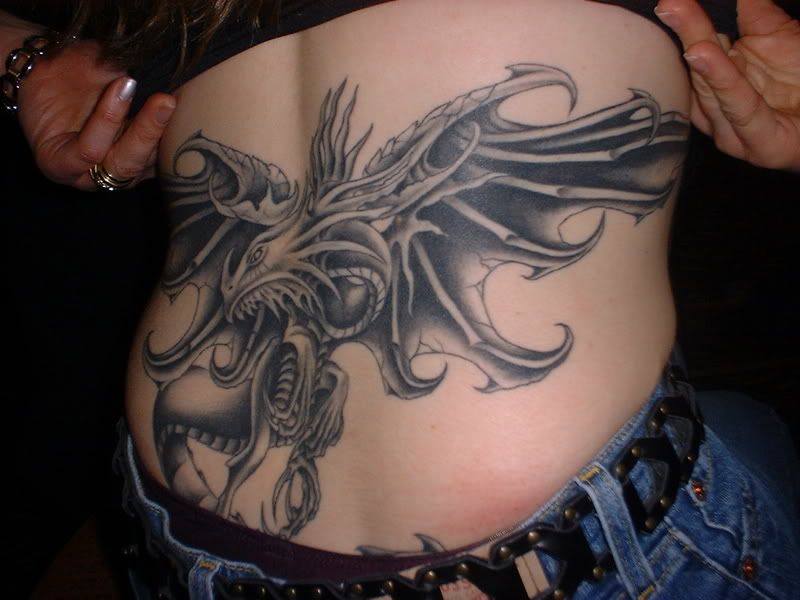By William Connor
Recently I was approached by someone asking for assistance in designing a pair of tattoos; one of them and one for their partner. They were concerned about using text rather than images. Initially they wanted to simply get a tattoo of each other's names, but through the course of discussion, they began to think about accompanying images that were meaningful to them in various ways. Effectively, they became confused and overwhelmed making their decision. The idea of text compared to images needed to be explained and explored.

Text is imagery. Font, point size, kerning, and script all come into play when considering text for a tattoo. The main difference, and even then only in part, is the semantic association with the chosen text. Initially, the couple mentioned above had disassociated the imagery of the text itself with the semantic meaning. Once the elements of the text as art became clear, they needed advice. What style should they get? How large should the text be? How far apart should the letters be spaced? Should the words the wanted tattooed be in their first language or in another?

Using one's first language for text tattoos has immediate meaning and most likely meaning for those most often admiring their artwork. Using another language could make the meaning of the text or characters more personal, almost secretive, in the same way that some religious text is "hidden" from public knowledge. Some Buddhist texts, for instance, are written in scripts only taught to monks such that mostly only those who study the text can gather the semantic meaning behind the text. Choosing to use the Chinese character for love would only mean love to those who can read the character unless explained, otherwise it would be a beautiful array of stokes and lines rather than an idea. Pierician semiotics discusses this very concept and that is beyond the scope of this article. What should be addressed is the level of exposure of the meaning behind the text tattooed: will most admirers understand the artwork or is something more private preferred?

Placing the text also comes into play. The length and shape of the artwork may be determined by the kerning of the characters and the style of font used. This will interact dialectically with the canvas provided by the receiver's body. What space on the skin that is available and desirable will in part determine the size and shape of the text.

Text need not be isolated, either. Surrounding or integrating text and characters with non-semantic artwork can provide a combination of meanings and increase the shapes and styles to be thematically presented through tattooing. Related non-semantic artwork to semantic text is a perfectly acceptable parallel presentation, as is creating a collage of meaningful images and words to form a more complicated and in depth personalized tattoo.

Semiotic discussions may well be too complicated of a concept when thinking about creating a personalized tattoo, but it is important to remember the concept that text is artwork in and of itself when choosing to incorporate semantic meaning into tattoo design. Enlisting the assistance of an online tattoo design service can be very helpful to ensure the beauty and clarity of a text oriented design. Read some reviews of services and select the service that is best for you. Some services are even text specific, such as Chinese language tattoo design sites, and these services will always have experienced artists available to help you make informed decisions when creating your custom text oriented tattoo designs.
No comments:
Post a Comment